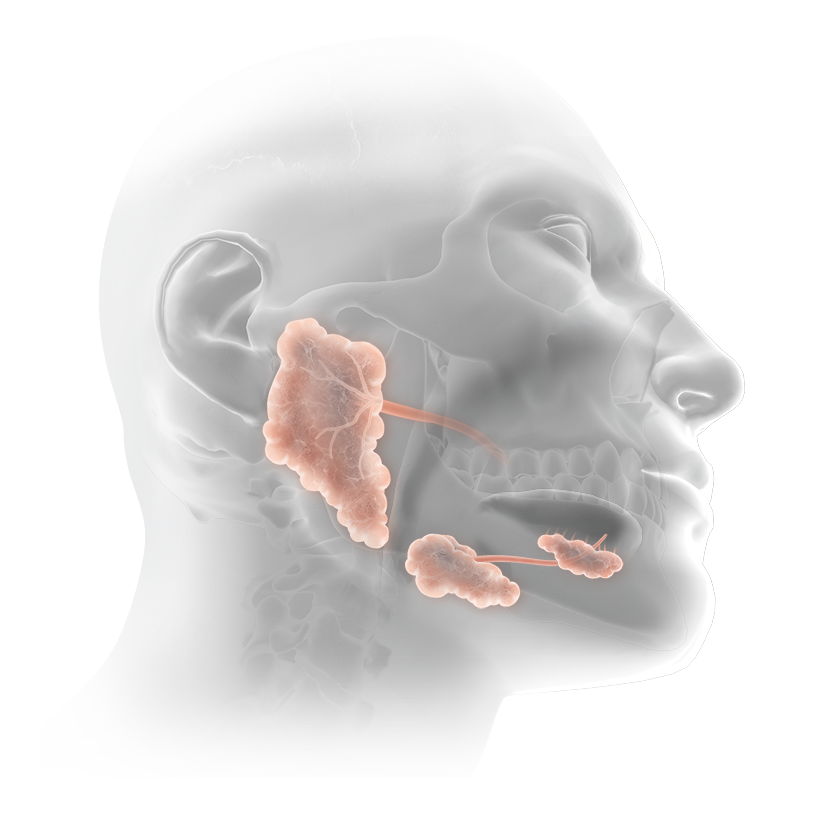
Sialendoscopy offers options for obstructive salivary gland diseases and gland preservation.
Until recently, minimally invasive endoscopic treatments for obstructive salivary gland disorders simply didn’t exist.
Previous options for treating pain and swelling involved cutting open the duct to access and treat the blockages. Surgery to remove the entire gland is also considered as an alternative. Today, Everis’s interventional sialendoscopy products offer a less invasive option. By using a micro endoscope, our products allow surgeons to visualize stones and strictures and remove them with stone extractors or other tools, thereby helping to preserve ducts and retain gland function. This line of products is designed to help reduce trauma for the patient and increase efficiency with every step.
Reduced
Recovery Time
No
Incision
Gland
Preservation
*A combined approach may be necessary depending on stone size, mobility, and clinical judgment.
REFERENCES
1 Nahlieli O, Nakar LH, Nazarian Y, et al. Sialendoscopy: a new approach to salivary gland obstructive pathology. J Am Dent Assoc. 2006;137(10):1394–1400.
2 Carta F, Farneti P, Cantore S, et al. Sialendoscopy for salivary stones: principles, technical skills and therapeutic experience. Acta Otorhinolaryngol Ital. 2017;37(2):102–112.
3 Achim V, Light TJ, Andersen PE. Gland preservation in patients undergoing sialendoscopy. Otolaryngol Head Neck Surg. 2017;157(1):53–57.
ACCESS
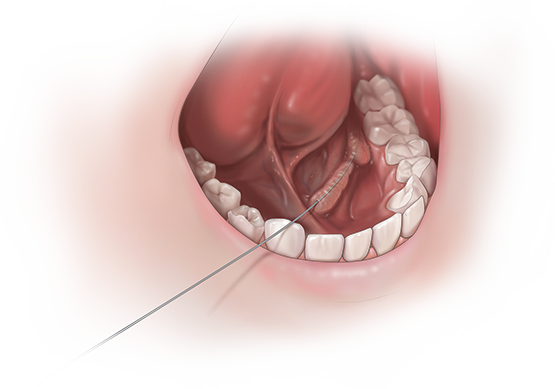
Wire
Guide
Gain and maintain access with a wire guide.
Sialendoscopy starts with accessing the salivary duct through the papilla. A flexible, soft-tipped wire guide can be maneuvered into the duct, allowing you to gain and maintain ductal access throughout the procedure, which reduces trauma and maximizes efficiency.
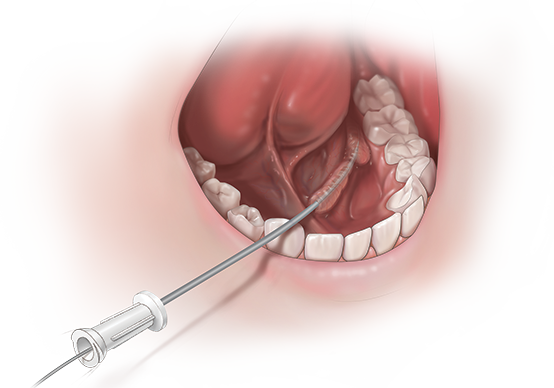
Salivary Access
Dilator Set
Minimize trauma with sequential dilation.
Introduce a series of flexible dilators over the wire guide to expand the papilla and prepare the salivary duct for the introduction of procedural instruments.
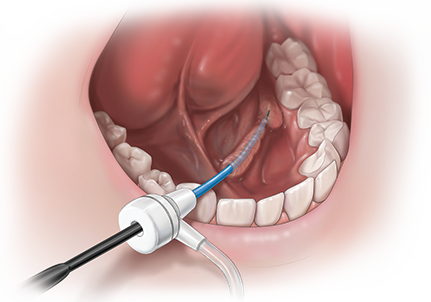
Kolenda Salivary
Access Introducer Set
Create a true working channel.
After you expand the papilla with the dilator set, you can create an open working channel into the salivary duct by passing the sheath over the wire guide. The sheath also serves to protect the ductal wall as you insert and remove procedural instruments.
TREAT

NCircle® Tipless Salivary
Stone Extractor
Manage challenging salivary stones with durable nitinol stone extractors.
Once you have gained access to the duct, you can insert the NCircle® or NGage® nitinol baskets into the duct to remove salivary stones and fragments. The NCircle® Salivary Stone Extractor has a tipless configuration that allows you to position the basket against the mucosal lining.
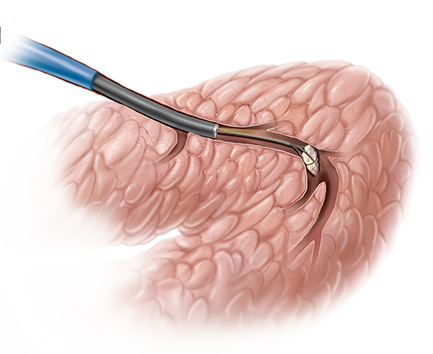
NGage® Salivary
Stone Extractor
Manage challenging salivary stones with durable nitinol stone extractors.
Once you have gained access to the duct, you can insert the NCircle® or NGage® nitinol baskets into the duct to remove salivary stones and fragments. The NGage® Salivary Stone Extractor works as both a basket and grasper in one.
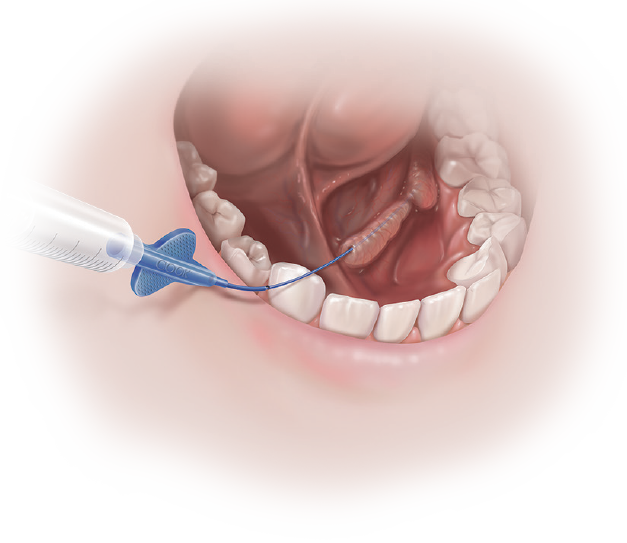
SialoCath® Salivary Duct Catheter
Expand your ability to treat obstructive salivary gland disorders.
This flexible, soft-tipped catheter is inserted over a wire guide or through the Kolenda Introducer Sheath to irrigate the submandibular or parotid salivary ducts or flush stone fragments.

Advance® Salivary Duct Balloon Catheter Set
Accurately dilate salivary duct strictures.
Once you have created a working channel in the duct, you can insert the balloon catheter over a wire guide and use alongside a sialendoscope for direct visualization to dilate at the stricture site.
Videos
For more videos, visit our Video Library.
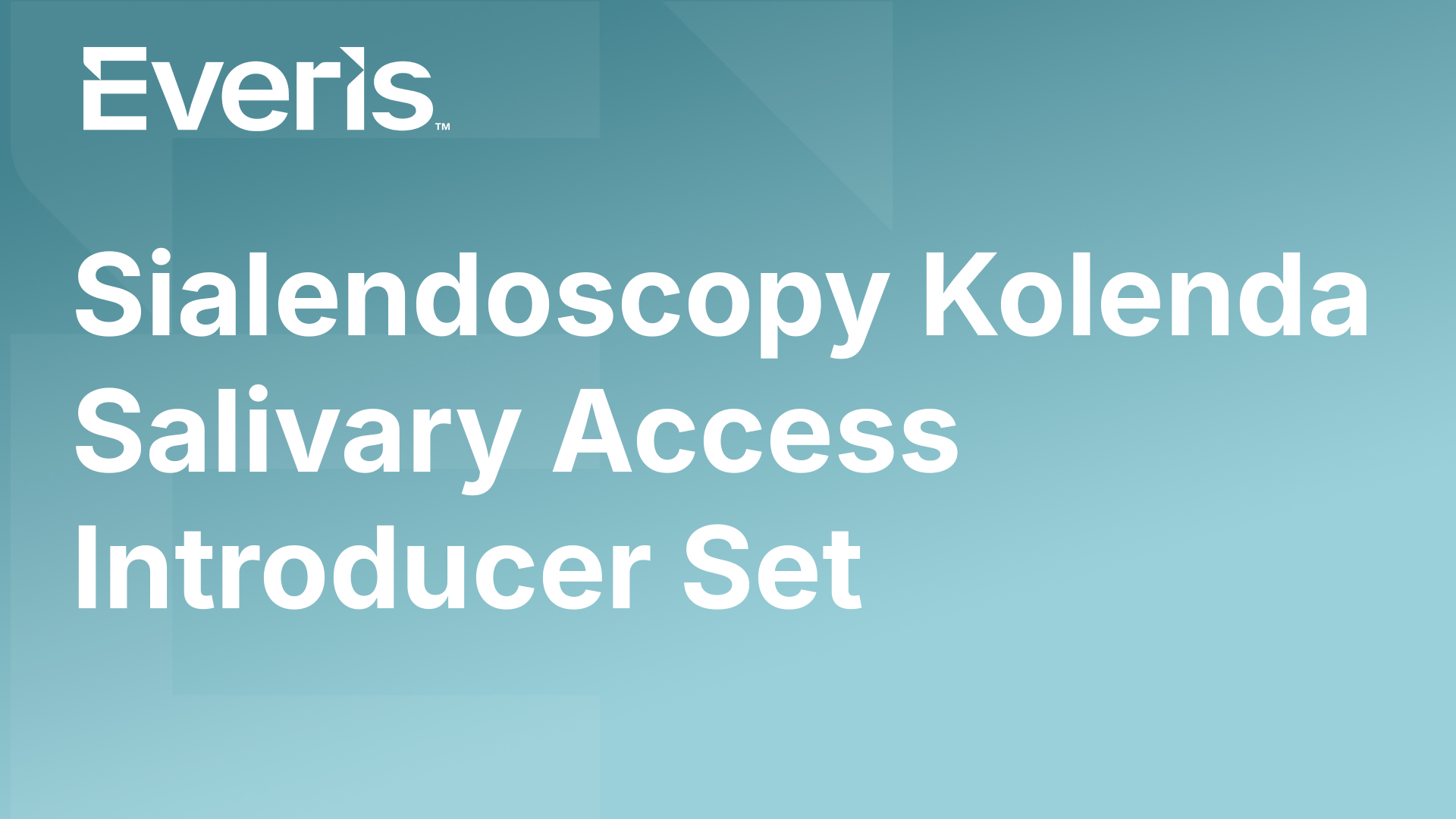
Sialendoscopy Kolenda Salivary Access Introducer Set

Sialendoscopy Flushing Inflamed Salivary Gland
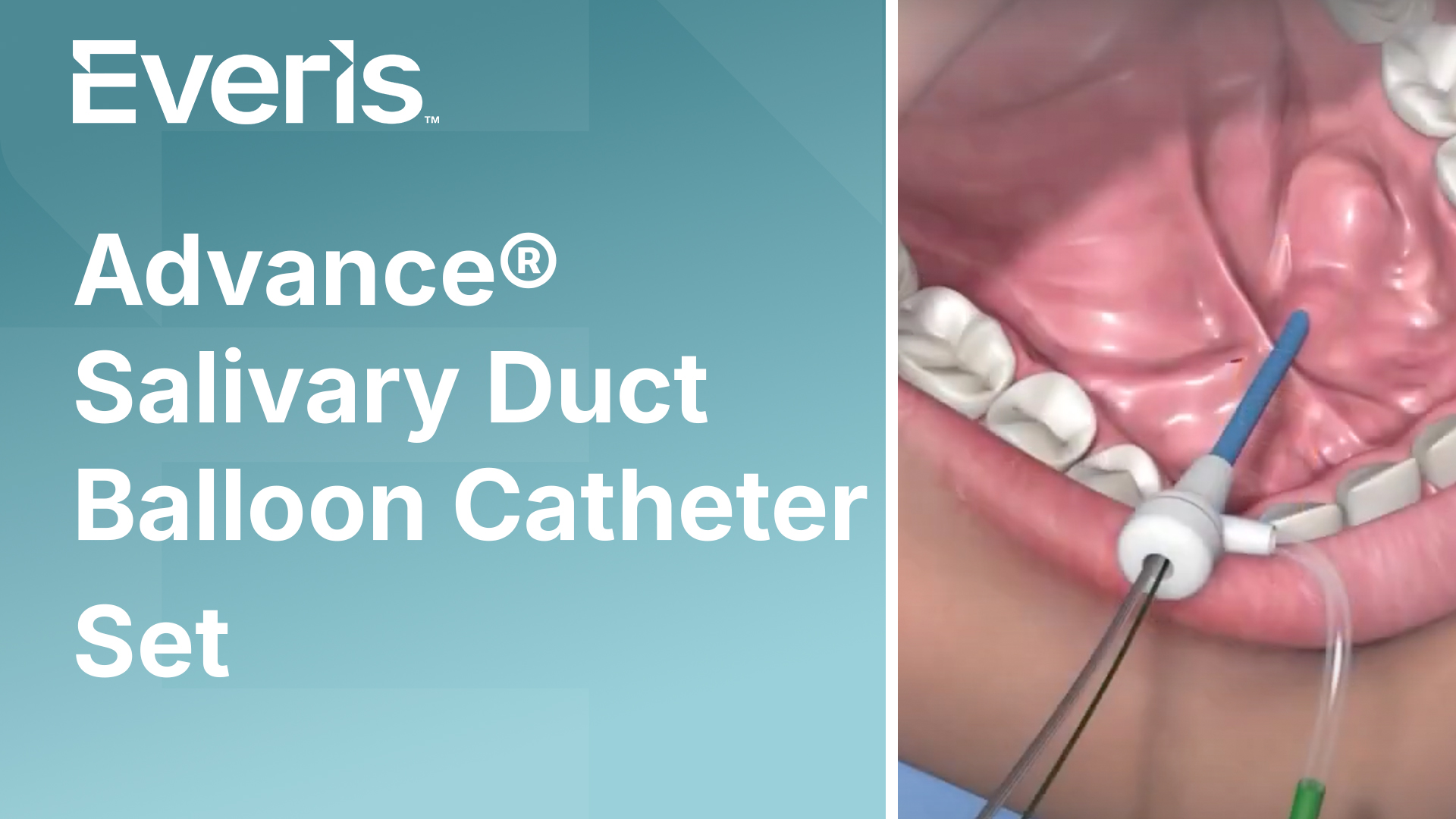
Advance Salivary Duct Balloon Catheter

Saliendoscopy Patient Story Thyroid Cancer Implications
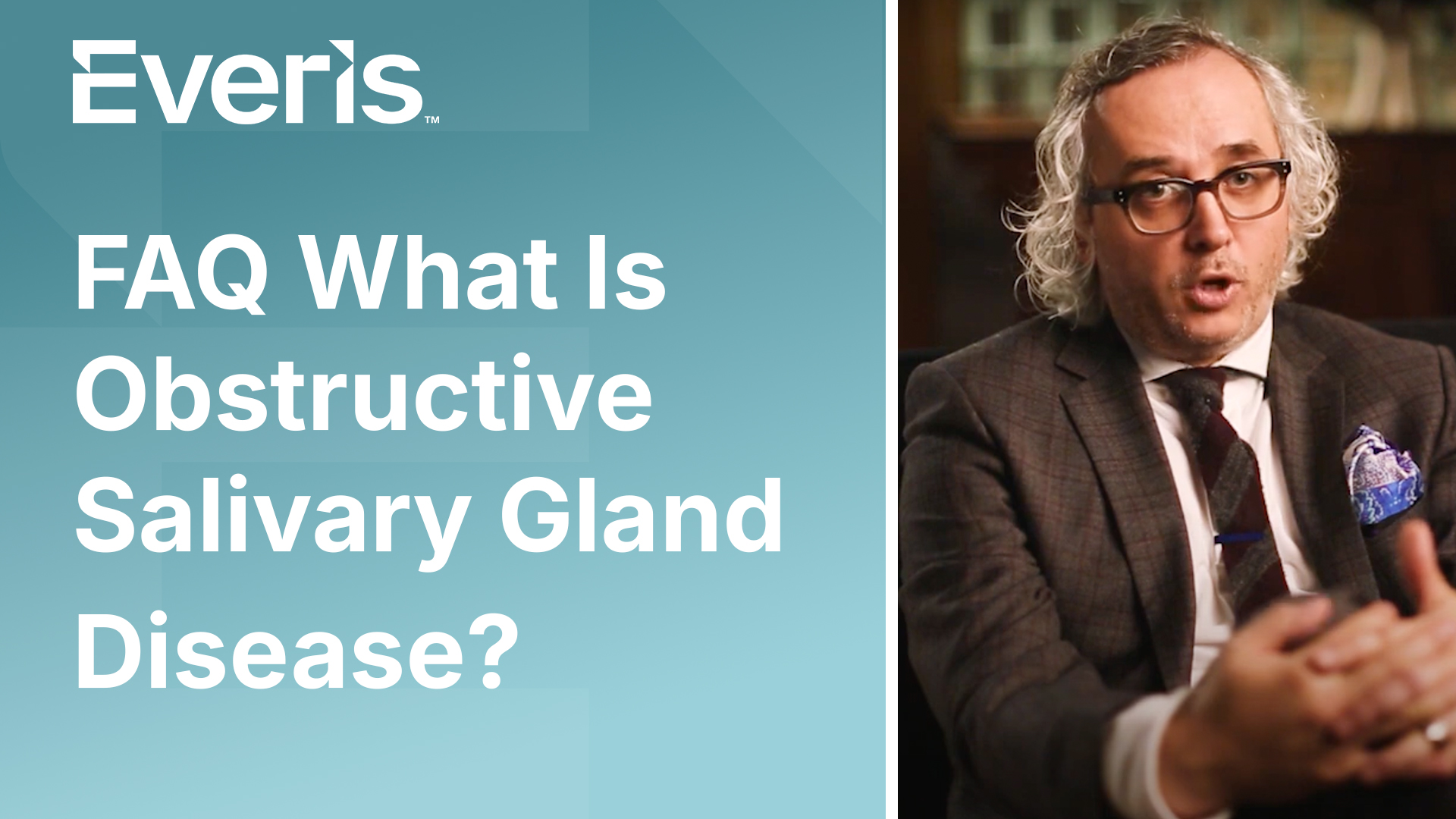
FAQ What Is Obstructive Salivary Gland Disease?
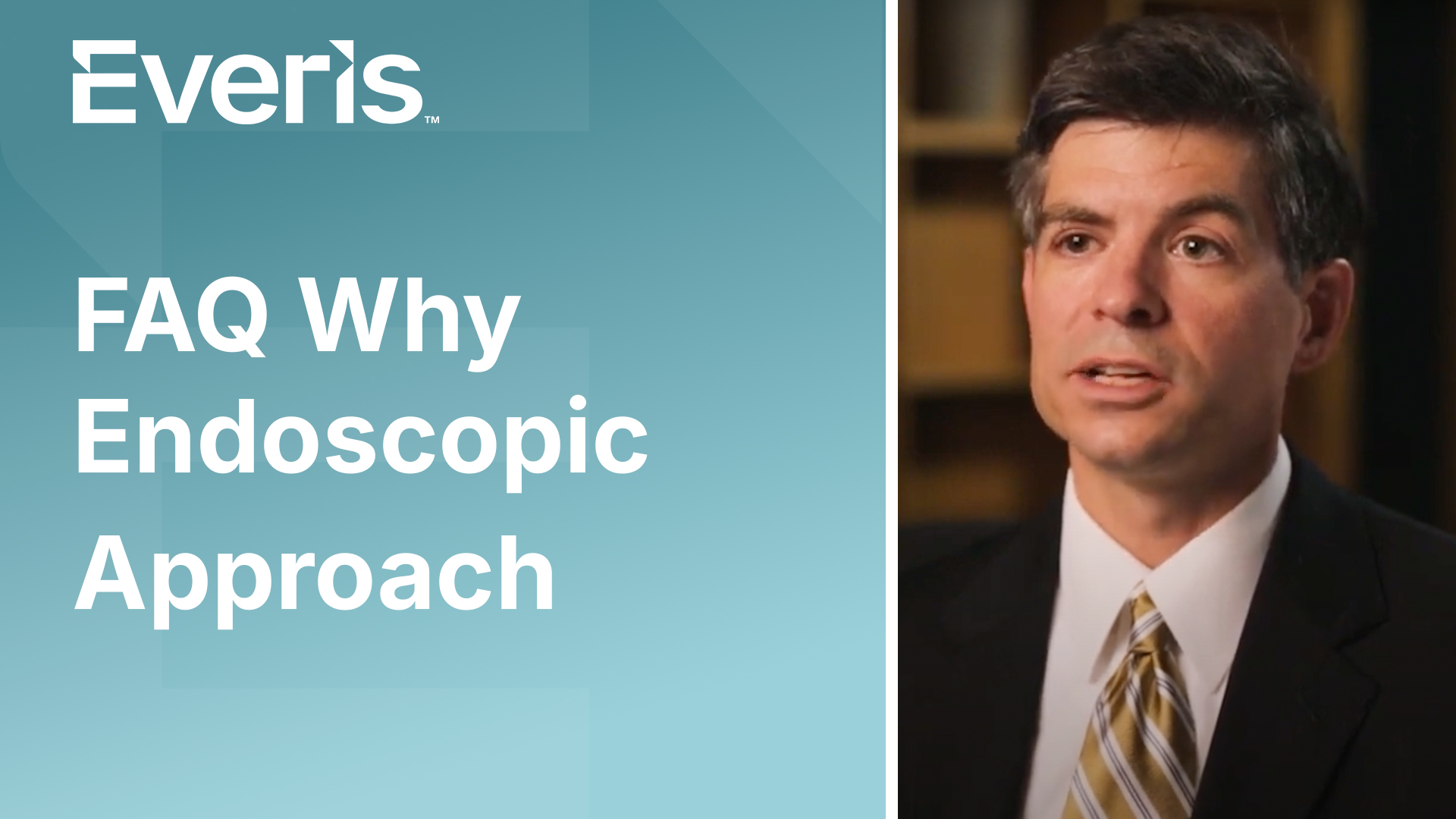
FAQ Why Endoscopic Approach
Sialendoscopy Ordering Information
Wire Guide
| Order Number | Reference Part # | Wire Guide Diameter inch | Wire Guide Length cm | Tip Configuration |
| G02274 | C-SF-15-50 | 0.015 | 50 | Straight |
Salivary Access Dilator Set
| Order Number | Reference Part # | Dilator Fr | Dilator OD mm | Dilator OD inch |
| G24131 | SDDS-18-20-HC | 4 | 1.4 | 0.055 |
| 5 | 1.67 | 0.066 | ||
| 6 | 2 | 0.079 | ||
| 7 | 2.33 | 0.092 |
Kolenda Salivary Introducer Set
| Order Number | Reference Part # | Introducer ID mm/inch | Wire Guide Diameter inch | Sheath Length cm |
| G24129 | SDAS-6.0-18 | 2.21/0.087 | 0.018 | 5.5 |
| G24132 | SDAS-5.0-18 | 1.88/0.074 | 0.018 | 5.5 |
NGage® Salivary Stone Extractor
| Order Number | Reference Part # | Catheter Fr | Catheter Length cm | Basket Diameter mm |
| G23798 | SSEB-1.7-115-8 | 1.7 | 115 | 8 |
NCircle® Tipless Salivary Stone Extractor
| Order Number | Reference Part # | Catheter Fr | Catheter Length cm | Basket Diameter mm |
| G23797 | SSEB-1.5-115-10 | 1.5 | 115 | 10 |
SialoCath® Salivary Duct Catheter
| Order Number | Reference Part # | Catheter OD mm/inch | Catheter ID mm/inch | Compatible Wire Guide Diameter inch | Compatible Catheter Length cm | Tip Configuration |
| G35166 | SDC-2.2-20 | 0.74/0.029 | 0.53/0.021 | 0.018 | 15 | Straight |
Advance® Salivary Duct Balloon Catheter Set
| Order Number | Reference Part # | Wire Guide Diameter inch | Inflated Balloon Diameter mm |
| G34991 | SDBS-14-30-1.5-2 | 0.014 | 1.5 |
| G34992 | SDBS-14-30-2.0-2 | 0.014 | 2 |
| G34993 | SDBS-14-30-2.5-2 | 0.014 | 2.5 |
| G34994 | SDBS-14-30-3.0-2 | 0.014 | 3 |
Downloads (PDF)
Clinical Studies